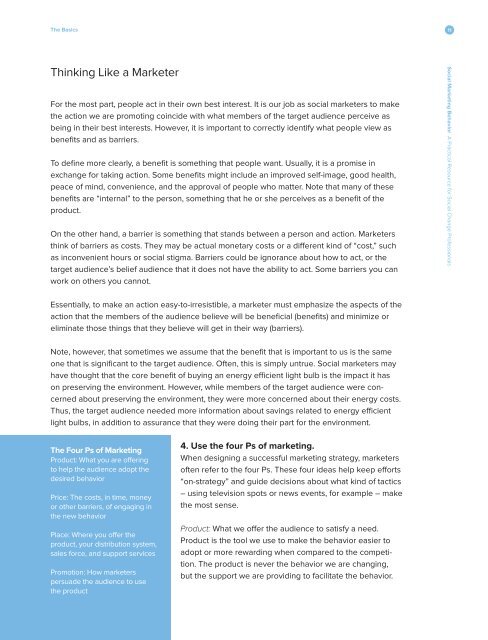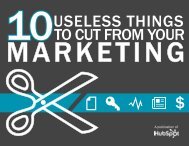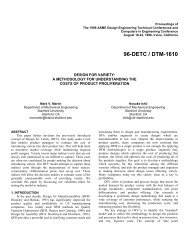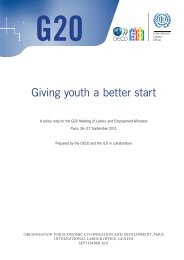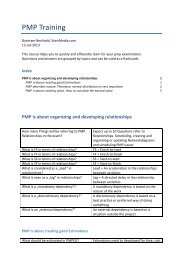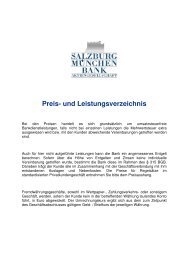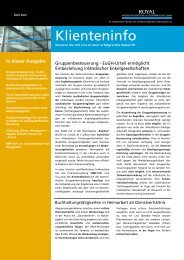Social Marketing
Create successful ePaper yourself
Turn your PDF publications into a flip-book with our unique Google optimized e-Paper software.
The Basics 11<br />
Thinking Like a Marketer<br />
For the most part, people act in their own best interest. It is our job as social marketers to make<br />
the action we are promoting coincide with what members of the target audience perceive as<br />
being in their best interests. However, it is important to correctly identify what people view as<br />
benefits and as barriers.<br />
To define more clearly, a benefit is something that people want. Usually, it is a promise in<br />
exchange for taking action. Some benefits might include an improved self-image, good health,<br />
peace of mind, convenience, and the approval of people who matter. Note that many of these<br />
benefits are “internal” to the person, something that he or she perceives as a benefit of the<br />
product.<br />
On the other hand, a barrier is something that stands between a person and action. Marketers<br />
think of barriers as costs. They may be actual monetary costs or a different kind of “cost,” such<br />
as inconvenient hours or social stigma. Barriers could be ignorance about how to act, or the<br />
target audience’s belief audience that it does not have the ability to act. Some barriers you can<br />
work on others you cannot.<br />
Essentially, to make an action easy-to-irresistible, a marketer must emphasize the aspects of the<br />
action that the members of the audience believe will be beneficial (benefits) and minimize or<br />
eliminate those things that they believe will get in their way (barriers).<br />
Note, however, that sometimes we assume that the benefit that is important to us is the same<br />
one that is significant to the target audience. Often, this is simply untrue. <strong>Social</strong> marketers may<br />
have thought that the core benefit of buying an energy efficient light bulb is the impact it has<br />
on preserving the environment. However, while members of the target audience were concerned<br />
about preserving the environment, they were more concerned about their energy costs.<br />
Thus, the target audience needed more information about savings related to energy efficient<br />
light bulbs, in addition to assurance that they were doing their part for the environment.<br />
The Four Ps of <strong>Marketing</strong><br />
Product: What you are offering<br />
to help the audience adopt the<br />
desired behavior<br />
Price: The costs, in time, money<br />
or other barriers, of engaging in<br />
the new behavior<br />
Place: Where you offer the<br />
product, your distribution system,<br />
sales force, and support services<br />
Promotion: How marketers<br />
persuade the audience to use<br />
the product<br />
4. Use the four Ps of marketing.<br />
When designing a successful marketing strategy, marketers<br />
often refer to the four Ps. These four ideas help keep efforts<br />
“on-strategy” and guide decisions about what kind of tactics<br />
– using television spots or news events, for example – make<br />
the most sense.<br />
Product: What we offer the audience to satisfy a need.<br />
Product is the tool we use to make the behavior easier to<br />
adopt or more rewarding when compared to the competition.<br />
The product is never the behavior we are changing,<br />
but the support we are providing to facilitate the behavior.<br />
<strong>Social</strong> <strong>Marketing</strong> Behavior A Practical Resource for <strong>Social</strong> Change Professionals


